
Onion flower




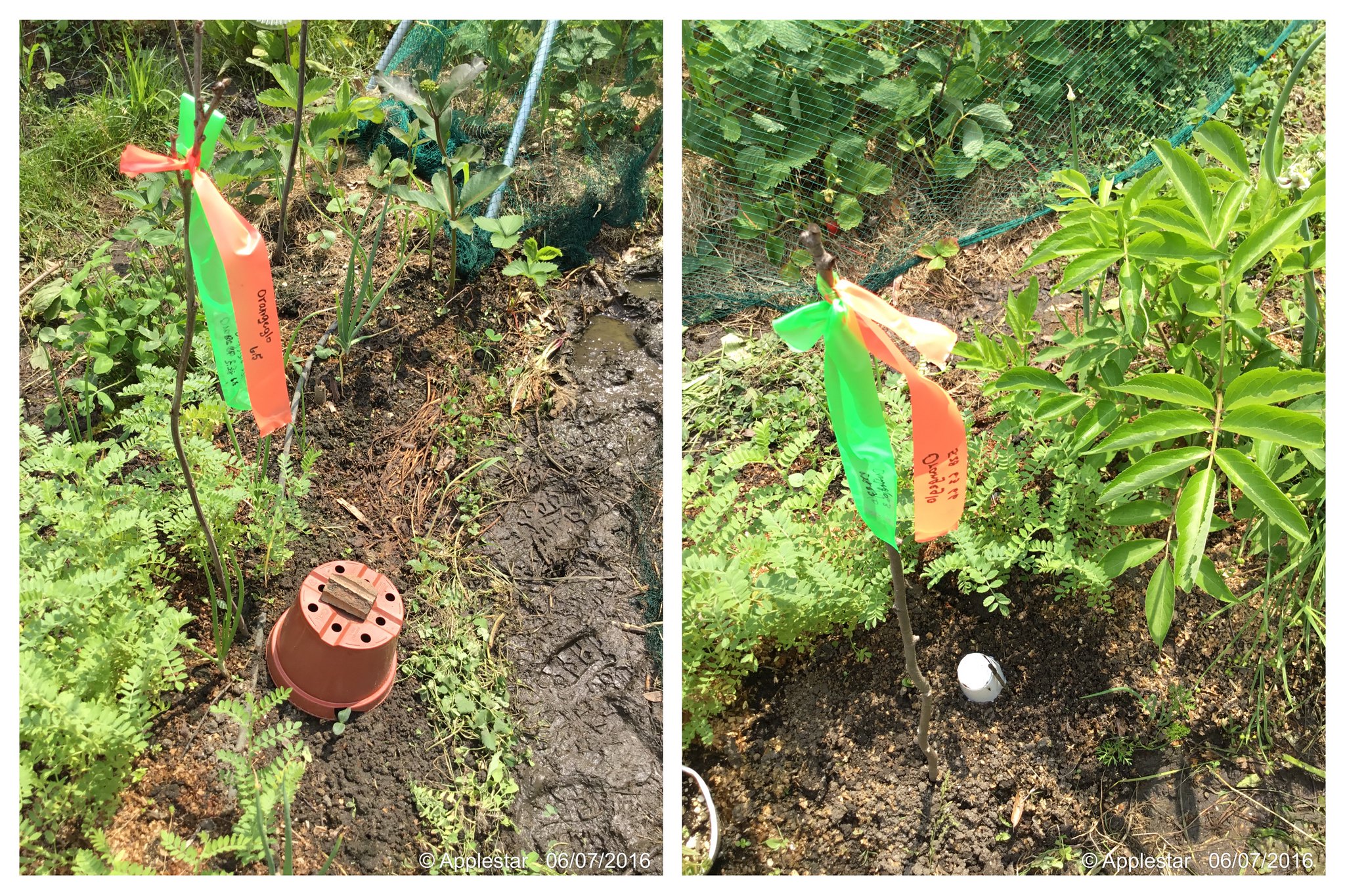



THANK YOU!nltaff wrote:Everything looks so beautiful! Wondering, how did you get rid of the mite infestation on the tomatoes?
39-40°F ? -- that's toughnltaff wrote:...And hasn't the weather been just so so uncooperative? I've awakened to 40, even 39 degrees for a little over a week now, and I'm just tired of carrying my basil flats in and out of the house. My poor tomatoes and peppers get wind-whipped every day! Thought of you as I cleared the weeds from the asparagus bed. Threw all the slugs into the woods, found a toad, so I installed a flowerpot house for it!
Actually, no, not the slug part, the fetching a pot to half-bury for the toad part.thinking of me when throwing away slugs
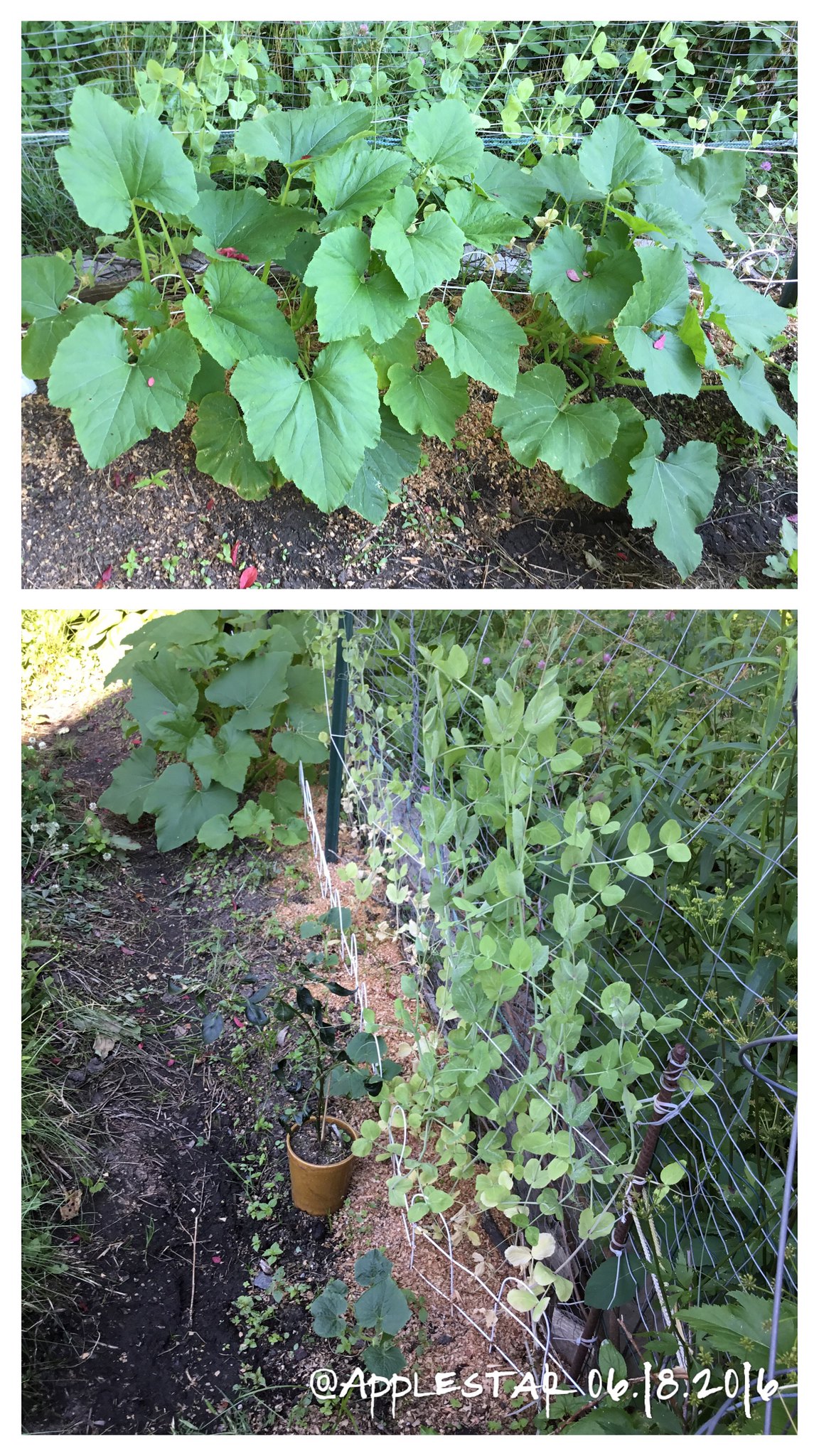





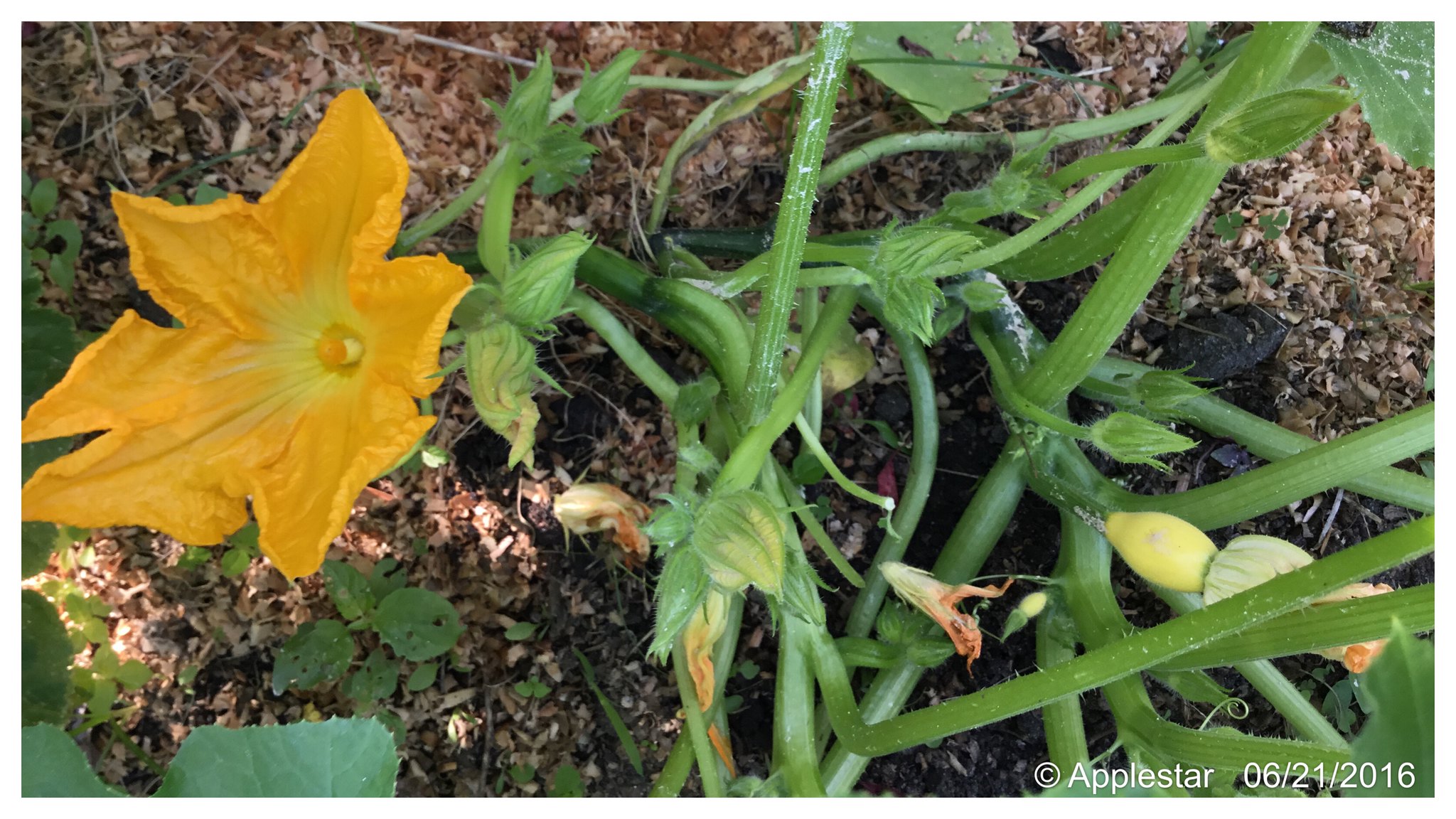
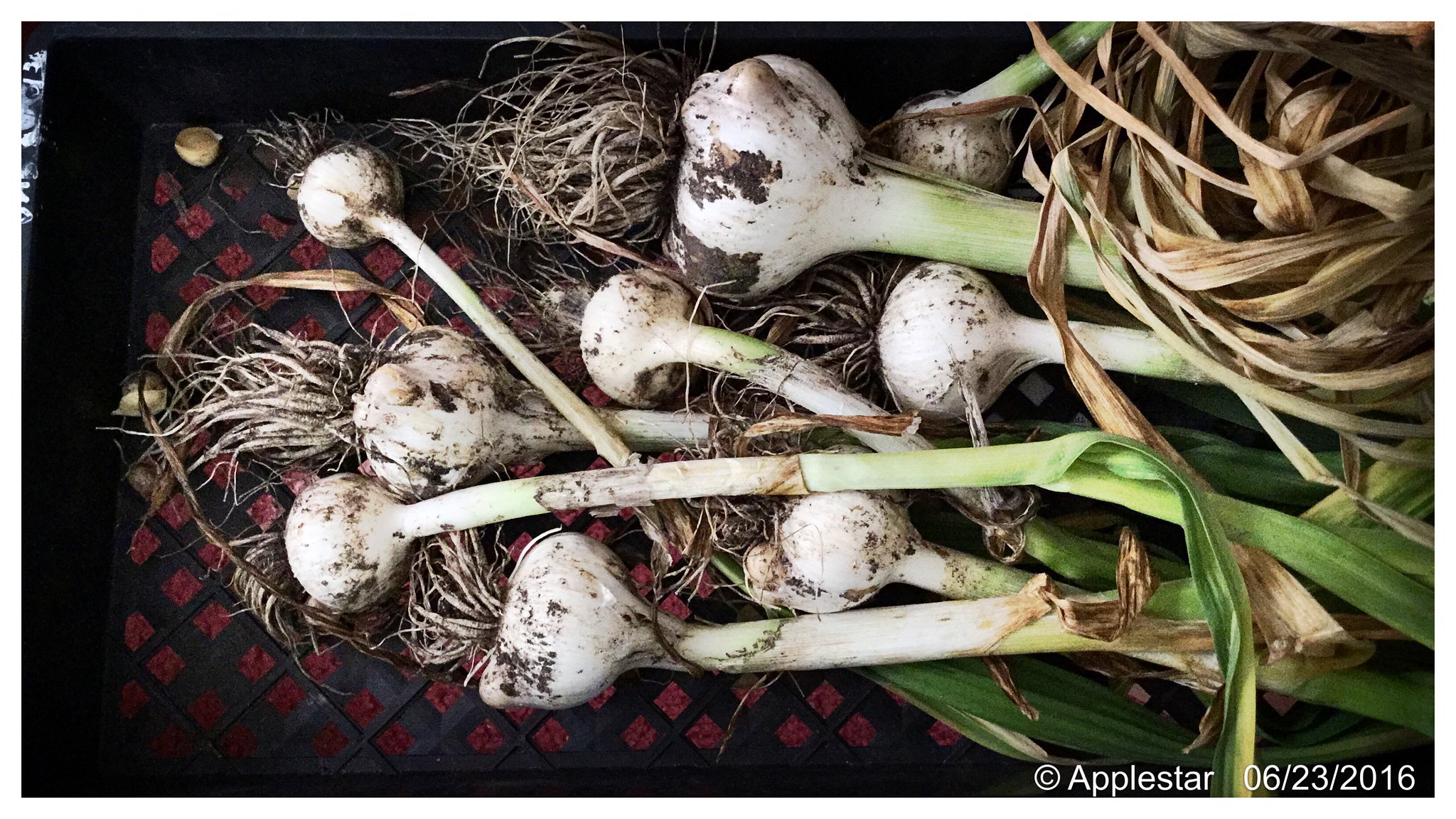


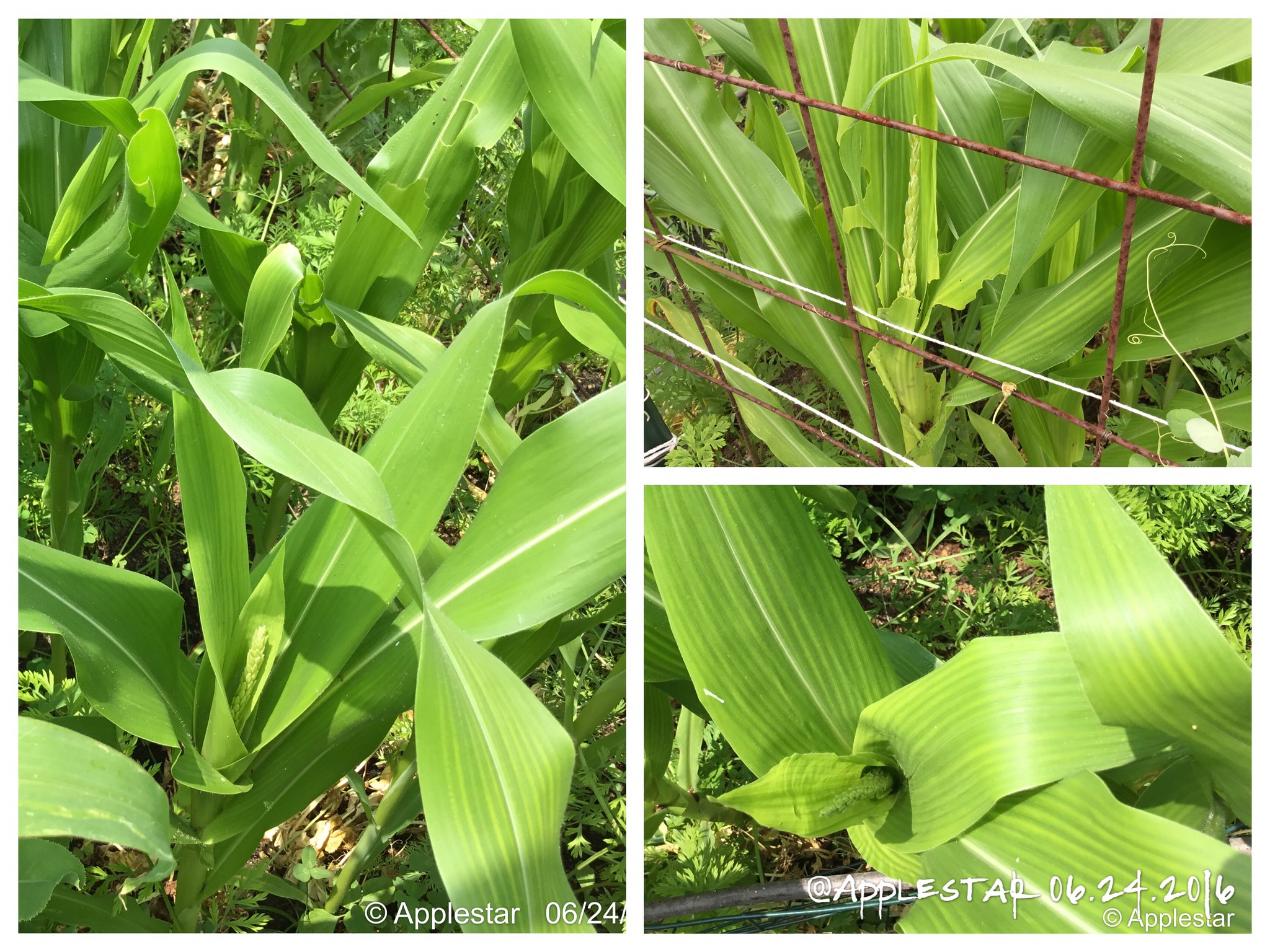
...do you suppose if you regularly use fungicide, you might end up helping them from getting the fungal disease mentioned here?armyworm, Pseudaletia unipuncta (Haworth)
https://entnemdept.ufl.edu/creatures/fie ... myworm.htm
The importance of natural enemies, especially parasitoids, has been studied, though nearly all data are derived from periods of high armyworm density, which is not typical for this insect. Over 60 species of wasp and fly parasitoids are known, and vary considerably from time to time and place to place in importance. Examples are the wasp parasitoids Meteorus autographae, and Cotesia marginiventris.
Predators readily consume armyworm larvae. Ground beetles (Coleoptera: Carabidae) are especially effective because larvae spend a great deal of time in association with soil, but various predatory bugs (Hemiptera: various families), ants (Hymenoptera: Formicidae), and spiders (Araneae: Lycosidae and Phalangiidae) also feed on armyworm.
Avian predators are often credited with destruction of armyworms. The bobolink, Dolichonyx oryzivorus (Linnaeus), prospers during outbreak years and has sometimes been called the 'armyworm bird' in North America. Other birds of note include the crow, Corvus brachyrhynchos Brehm, and starling, Sturnus vulgaris Linnaeus.
Diseases commonly infect armyworms, especially during periods of high density. Bacteria and fungi, particularly the fungus Metarhizium anisopliae, are reported in the literature.
Nematodes are sometimes considered to be important mortality factors. However, undoubtedly the most important diseases are viruses; several granulosis, cytoplasmic polyhedrosis, and nuclear polyhedrosis viruses often kill virtually all armyworms during periods of outbreak, especially when larvae are also stressed by lack of food or inclement weather.
